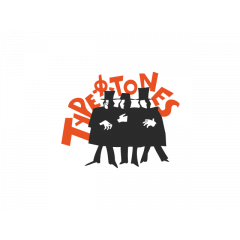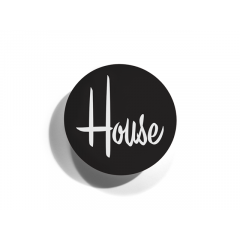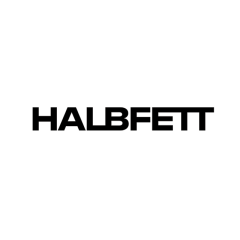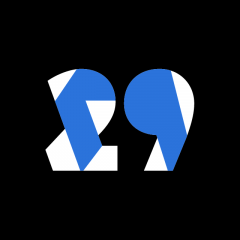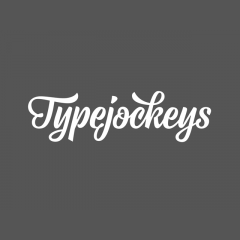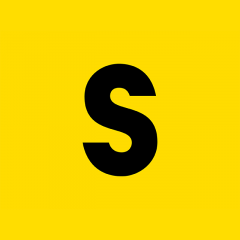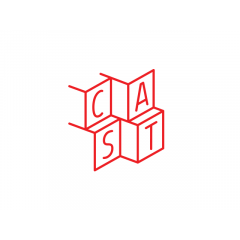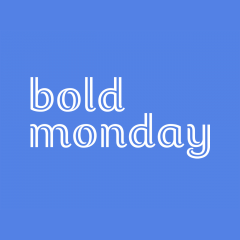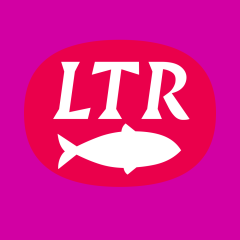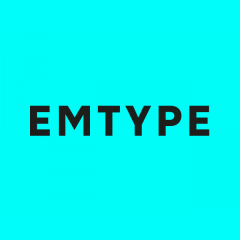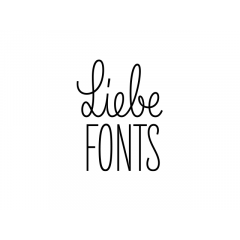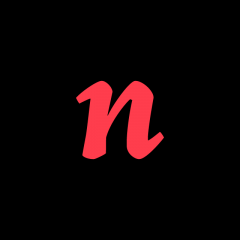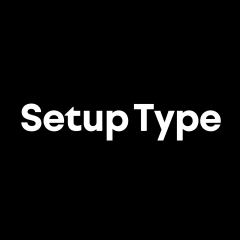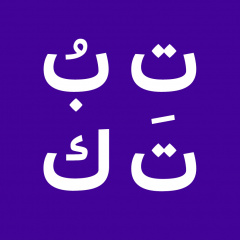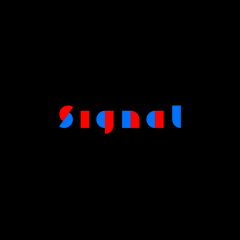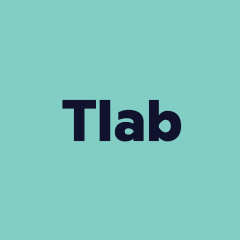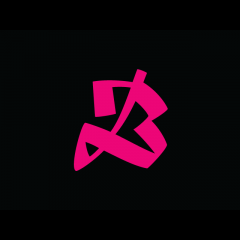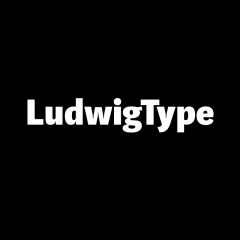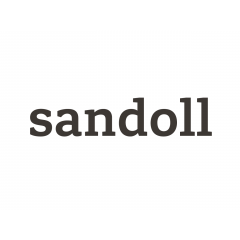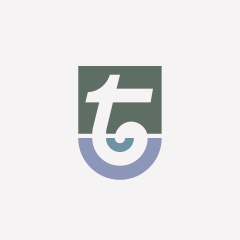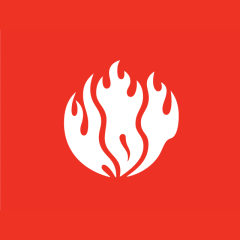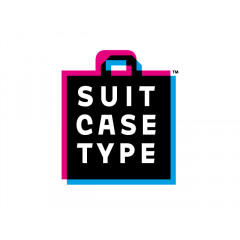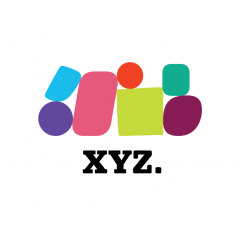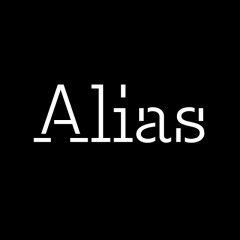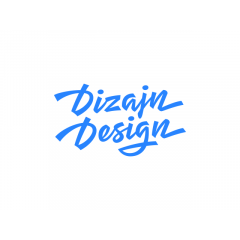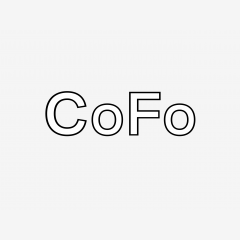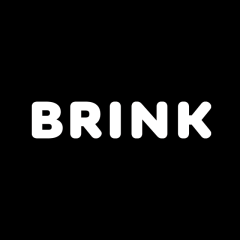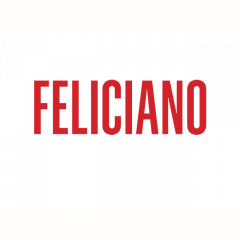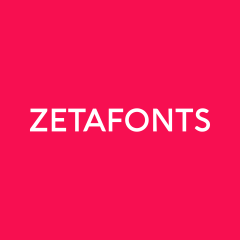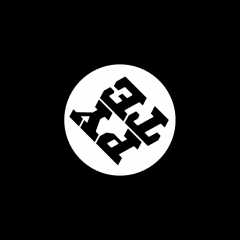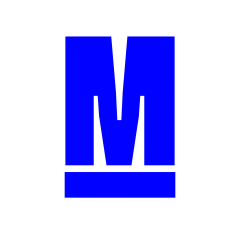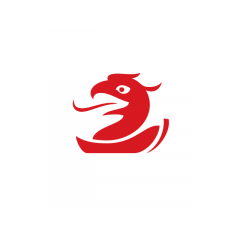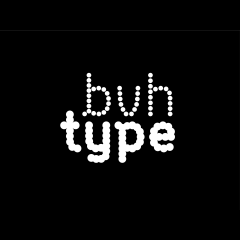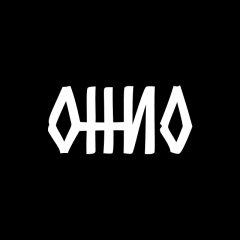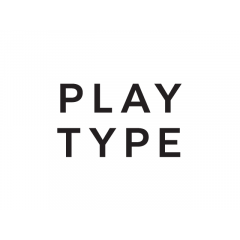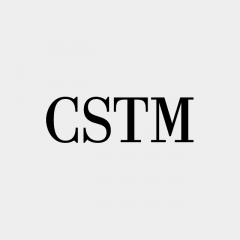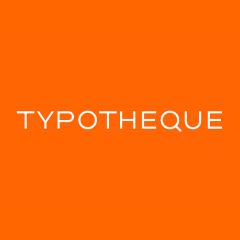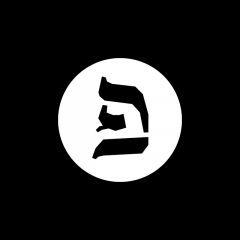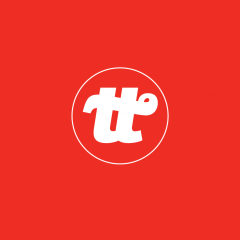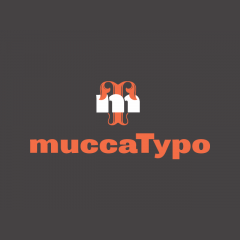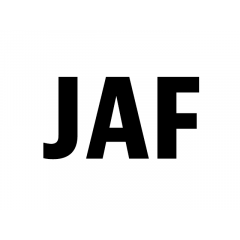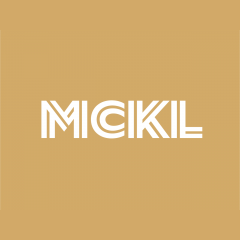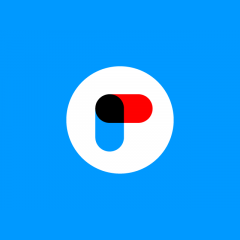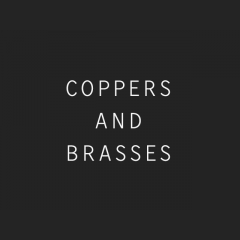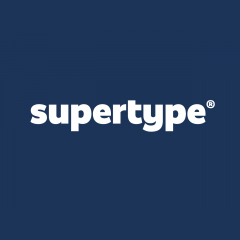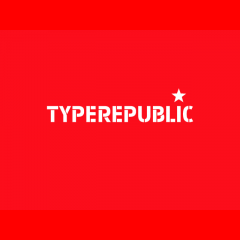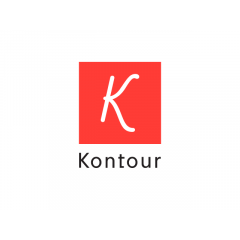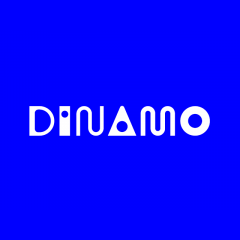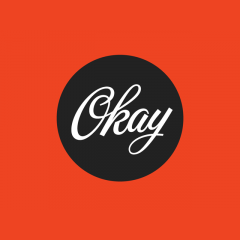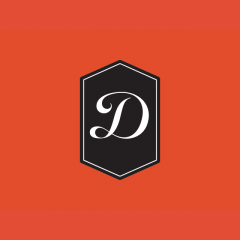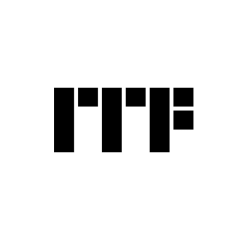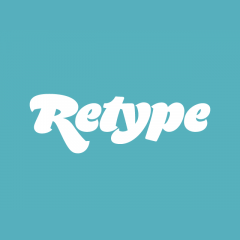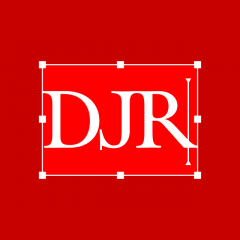Although 2016 was marked by pressing environmental, political, economical and social issues that seemed to spiral into crisis, it is safe to say that the type community continued to thrive. New technological innovations appeared, the market evolved, numerous typefaces, families and systems were released, students graduated (and even won prestigious prizes), while conferences, exhibitions and workshops multiplied. Alphabettes celebrated its first birthday and redoubled its efforts towards equity and against sexism in the profession and the community. After a very difficult period, the St Bride Library in London slowly resumed its activities and is looking to open more frequently, as is Type Archive, which began organizing letterpress workshops. Still, the situation of these institutions remains both fragile and miraculous, considering the catastrophic state of financing for public and cultural institutions in Great Britain. On a more positive note, Letterform Archive welcomed 800 students, researchers and professionals to their premises in San Francisco and will release the first monograph on W. A. Dwiggins in a few months. A few valuable publications in history and research came out such as Atelier national de recherche typographique ANRT – Archives 1985-2006 or the new periodical Footnotes, among others. Paul Shaw’s Blue Pencil blog updated at with remarkable frequency. And Nijhof & Lee is still open at the Special Collections of the University of Amsterdam (may you be well, Warren).
Set in Carmen by TypeRepublic
Sign up for mailing
Get more typography articles straight to your mailbox. Sign up for our mailing list.Regarding business and distribution, Type Network, “a new model for type design, development, and licensing, built in response to the increasingly complex needs of type designers and type users,” began to operate on May 29, currently supporting an alliance of thirteen independent designers and foundries. Adobe launched TypeKit Marketplace on November 2, enabling users to license fonts directly from partner foundries and to use them on any desktop or mobile device in synchronization with its Creative Cloud. FontDeck closed for good on December 1. All in all, the market is shifting, consolidating and diversifying purchase and rental options for customers. According to its founders, Fontstand sped up the rate of acceptance of new fonts, so new releases are available for trial and use from their release dates, rather than after waiting to see how they fare on the market.
Set in November by Typotheque
Arguably, however, the most significant event that happened on the design side was the introduction of OpenType Font Variations (OT 1.8) during the 60th annual conference of the International Typographic Association in Warsaw, September 14. It is the outcome of a collaborative process involving Microsoft, Google, Apple and Adobe as well as several type designers and font developers. Here is a brief description of the new technology written by John Hudson, who took part in its development and thoroughly redacted its official announcement;
Set in Sole Serif Text by CAST
“An OpenType variable font is one in which the equivalent of multiple individual fonts can be compactly packaged within a single font file. This is done by defining variations within the font, which constitute a single- or multi-axis design space within which many font instances can be interpolated. […]
A variable font is a single binary with greatly-reduced comparable file size and, hence, smaller disc footprint and webfont bandwidth. This means more efficient packaging of embedded fonts, and faster delivery and loading of webfonts. The potential for dynamic selection of custom instances within the variations design space — or design-variations space, to use its technical name — opens exciting prospects for fine tuning the typographic palette, and for new kinds of responsive typography that can adapt to best present dynamic content to a reader’s device, screen orientation, or even reading distance.”
Set in Volte by Indian Type Foundry
In a nutshell, it represents a huge step forward, promising flexible, ductile typography in various sizes and styles for screen displays, mainly, but also aiming to facilitate the task of graphic designers dealing with complex text structures, including multi-script typesetting.
The news was welcomed with much praise from font developers and type designers, but also with questions about its impact on pricing policies, as addressed in this essential discussion on the TypeDrawers forum. It was only a matter of weeks before the first variable fonts came out: in November, Underware released Zeitung Flex™; in December, Monotype shared a demo version of Kairos Sans, designed by Terrance Weinzierl; Font Bureau is currently developing Amstelvar for Googlefonts. These early examples already raise new questions: how will OpenType Font Variations affect the design of typefaces? And, after being released and tamed by typographers, how will variable fonts affect the design of texts and reading experiences? Time will tell.
A short and passionate debate also took place in 2016. On June 9, Fontstand published “Emigre: Time and Time Again”, an article in its monthly series about the influential studio, magazine and foundry created by Zuzana Licko and Rudy VanderLans in 1984. As Emigre had just recently made its catalogue available at Fontstand, it was an opportunity to send them a few questions about their legacy and future. In his lengthy answer, VanderLans especially expressed his weariness and skepticism on the present state of the trade:
“In terms of new typeface designs, we believe we’ve reached a point that we refer to as ‘Infill-ism’, where designers are simply filling in the few remaining options left. Which begs the question, how many more Helvetica or Futura inspired designs do we really need? We’re less interested in those pursuits.
We coined this term ‘Infill-ism’ because it’s something that we’ve been thinking about a lot lately. It’s easy to imagine that with each addition, there are fewer type design options left to explore, since type design is restricted by the structure of the alphabetic characters. And, although the options are technically infinite, it becomes increasingly difficult to see the differences between designs. We’re left with filling in the gaps, and the gaps are getting smaller and smaller.”
Set in Amphibia by Storm Type Foundry
Such a statement might have passed unnoticed, yet it swiftly triggered several reactions on Twitter. Stephen Coles published a short article on Typographica the following day, broadening the discussion to the design quality of typefaces. Kris Sowersby, founder of Klim Type Foundry, also responded on his blog. “Welcome to the Infill Font Foundry” is a legitimate, detailed and sardonic analysis of VanderLans’s assessment; VanderLans replied a few days later, dismissing Sowersby’s critique and accusing him of distorting his views. Further comments were exchanged on TypeDrawers afterwards, including John Hudson’s interesting remarks, before the debate came to a halt.
Beyond the forces at play and the opinions defended, it also reflected an ancient feeling that pervades the history of the arts and of civilization itself, one perhaps particularly relevant in these murky times: a sense of decline. Are we experiencing a decline in newness or in uniqueness? Is the type “design-variations space” rushing towards its inevitable saturation, accelerated by digital technologies? Are “style-variations” —as old as type (and writing!)— reaching exhaustion? Are “face-variations” more redundant nowadays than in past eras?
Set in Pathos by R-Typography
For instance, several takes on Modernist/Geometric and Grotesque sans serif categories were released last year, such as Neue Kabel (Marc Schütz, Linotype) Dunbar (CJ Dunn, CJ Type), New Hero (Miles Newlyn, Newlyn), Styrene (Berton Hasebe, Commercial Type), Apax (François Rappo, Optimo) or Stratos (Yoann Minet, Production Type); a few serifed “classics” were rejuvenated including William (Maria Doreuli, Typotheque), PS Fournier (Stéphane Elbaz, Typofonderie) or Le Jeune (Greg Gazdowicz, Christian Schwartz, Paul Barnes, Commercial Type). These typefaces are derived from historical sources, and although their designers chose differing approaches ranging from precise reproduction to loose inspiration, all of them believed there was room on the market for their interpretations.
Simultaneously, many “original” designs (those not tied or less-tied to historical models) were published, such as Bungee (David Jonathan Ross, DJR), Multi (Laura Meseguer, Type-Ø-Tones), Canela (Miguel Reyes, Commercial Type), Nordvest (Nina Stoessinger, Monokrom Type Foundry), Gasket (Cyrus Highsmith, Occupant Fonts) or Bely (Roxane Gataud, TypeTogether), among others. Despite their stylistic differences, they share a clear panache that proves that designers can thrive in seemingly closed genres and expand, even escape them. This is not to imply that original works are better than revivals, though they may better reflect the “here-and-now.”
Set in Ofelia Pro by Blackletra
Perhaps it’s the relation of contemporary type design to its own history that needs to be scrutinized and reassessed, how it influences and is influenced by other fields of knowledge and design. Nevertheless, this topic certainly deserves a much, much longer essay (which might be in the works on this side of the keyboard). And a debate on its inventiveness and relevancy must include users and ask them about their tastes and needs. More than ever, typography and type design are each other’s horizon.
Anyway, let’s close this dense retrospective with Nick Currie, aka Momus, a musician and writer whose range of interests encompasses literature, fashion, architecture, design and typography (he composed a song named Futura Bold). In a discussion of the works of Karel Martens, he recently raised a thought-provoking idea that can be applied to type design:
Set in Ardina Text by DSType
“The dilemma of the graphic designer in capitalism — tasked with giving an appealing face to things that may be anything but — is in fact the dilemma of the human being in capitalism. How do we negotiate that tense standoff between control and pleasure? How do we work and also play? To what extent should we inject deep human values into a system that seems less and less humane? We have to get these things right when we design our lives.”
And when we design for our lives. For everyone’s lives. Our community should be grateful and happy for its present richness and vitality. It should increase its support of culture, education and research. Generosity should be its watchword.
Set in Fairplex Wide by Emigre


